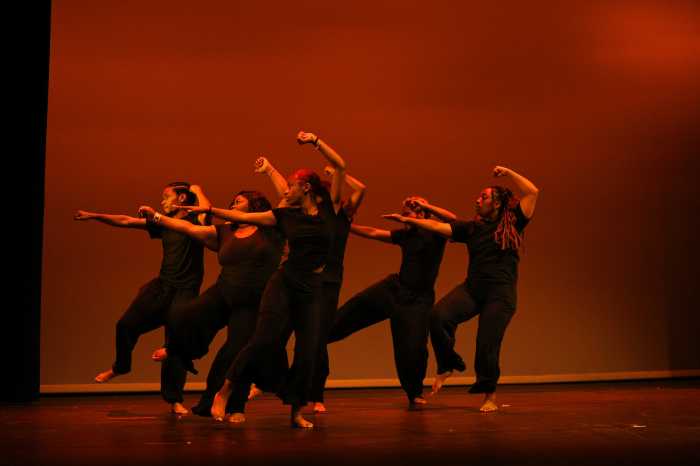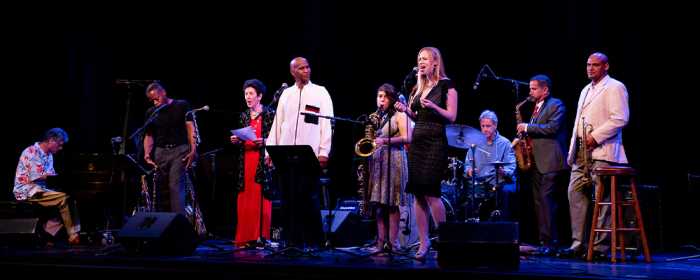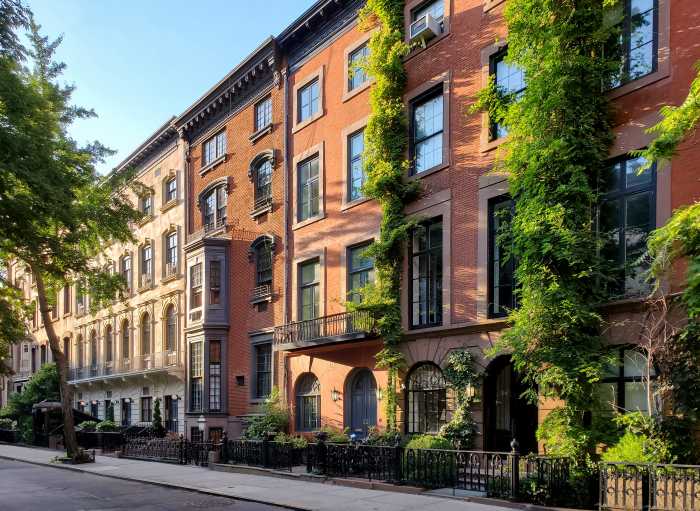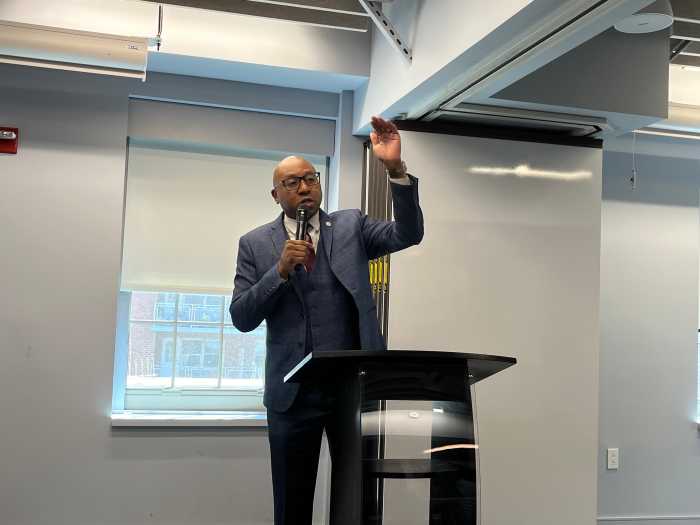By Joan Brown Wettingfeld
The Lawrence family has a long history in this area of Queens. John Lawrence became one of the patentees of Hempstead, Long Island in 1644 under the Dutch governor, William Kieft, at a time when what is now present day Queens encompassed the area known as Hempstead. William Lawrence joined John with 16 others in becoming patentees of Flushing in 1643. The area known to the Dutch as Vlissingen included present day Bayside
John Lawrence held the office of town clerk of Flushing for many years before he moved to New Amsterdam in 1657 and served under Gov. Peter Stuyvesant as a commissioner who settled boundary disputes, of which there were many between New England and the Dutch colony, as well as territorial disputes between the Indians and the Dutch.
When the English conquered the colony and New Amsterdam became New York, John Lawrence was appointed by the first English governor, Nicholls, to become one of the first aldermen of the City of New York. He continued his business interests as well.
William Lawrence settled in Tues Neck, later known as Lawrence Neck and is now College Point. His holdings in Bayside also were extensive.
The Lawrence family played a dominant role in our history since colonial times and many of its descendants are buried in the landmarked historic Lawrence Cemetery in Bayside.
One of the members of this family was the subject of a painting executed in Bayside and it is an interesting sidelight in the Lawrence story.
In 1836 an unknown artist painted a charming portrait entitled “Long Island Madonna and Child.” The painting was created in Bayside and the subject was none other than Lydia Ann Lawrence, a member of the Lawrence family, which played so prominent a part in the early history of Flushing and Bayside.
Lydia Ann Lawrence was born in 1811 and died in 1879, her 68 years spanning a period which saw tremendous change and encompassed a time when three wars and an industrial and technological revolution impacted drastically on our nation’s way of life.
In l833 she married Edward Lawrence, son of Effingham Lawrence. Their infant son, pictured in the painting, is Frederick Newbold Lawrence (1834-1916) who one day would become president of the New York Stock Exchange (l882-l883). During the Civil War he was to serve as a colonel in the state militia as the commanding officer of the town of Flushing’s 15th Regiment. He married Elizabeth Boyce of South Carolina.
During the Civil War, Elizabeth’s brother, Kerr Boyce, who lived at the homestead, Palmetto, near Oakland Lake, cast his fortune with the Confederacy and his property was confiscated by the government. (This fact is reported and verified in Frederick Newbold Lawrence’s obituary in the Flushing Evening Journal of Dec. 26, 1916.)
Known for his interest in horses and racing, Frederick Newbold Lawrence once had a favorite race horse named Tacony, buried at the dooryard of his Bayside estate.
When Frederick Newbold Lawrence was born, his father, Edward, wrote a letter to his own mother, Mrs. Effingham Lawrence, excerpted here using the customary Quaker form of address — the archaic pronouns thee, thy and thyself.
“It becomes my duty, my dear mother, to inform thee of the arrival of a young stranger this morning, in whom thee will doubtless feel an interest. My dear Lydia was this morning at 6 o’clock delivered of a fine boy. I say a fine boy, as the nurse and doctor both pronounce him so. He is judged to weigh full 15 pounds and looks bright and healthy….Lydia desires me to give her best love to thee and all the family.”
This letter was written on Feb. 28, l834. Five years later Edward Lawrence died at the age of 34. Lydia Ann Lawrence remained a widow until 1844 when she remarried. Her second husband was Cornelius Van Wyck Lawrence, who had served as mayor of New York City from l834-1837, the first mayor of our city to be elected by popular vote. A wealthy merchant, he also had served as a member of Congress, as president of the Bank of the State of New York, and as collector of the Port of New York.
The painting was loaned to the magazine, The Long Island Forum for a 1967 cover, by Mrs. Hortense H. Dixson of Lawrence, Long Island, a great granddaughter of the beautiful Lydia.
Today Lydia, Edward, Cornelius and Frederick Newbold Lawrence rest in the Lawrence Graveyard in Bayside, located at what is now 42nd Avenue and 216th Street, but which was once a parcel of land on the farm of Judge Effingham Lawrence.
Joan Brown Wettingfeld is a historian, free-lance writer and a member of the Borough President’s History Advisory Committee. E-Mail: JBBAY@aol.com Web-site: member.aol.com/tmpnyc/bayside.htm



































